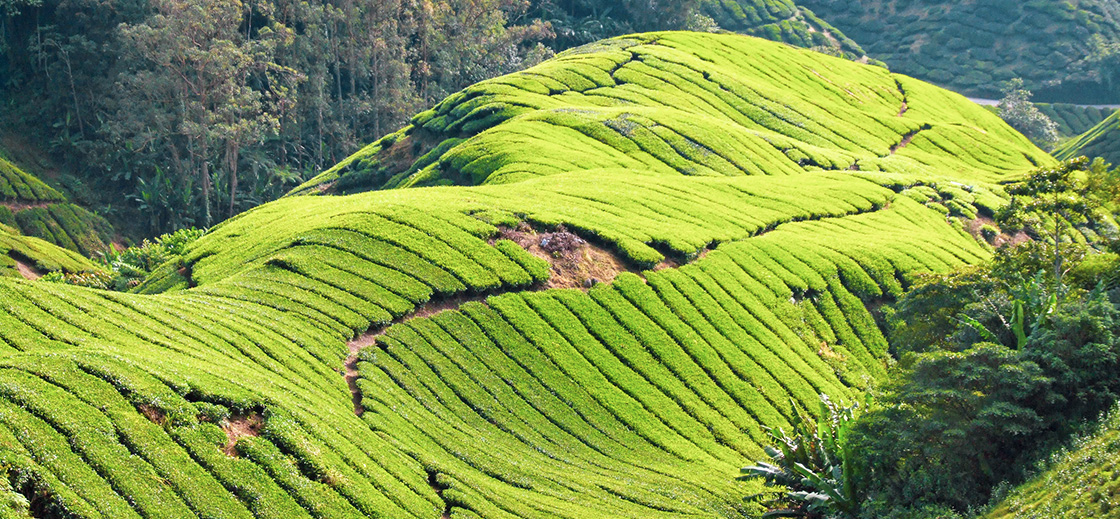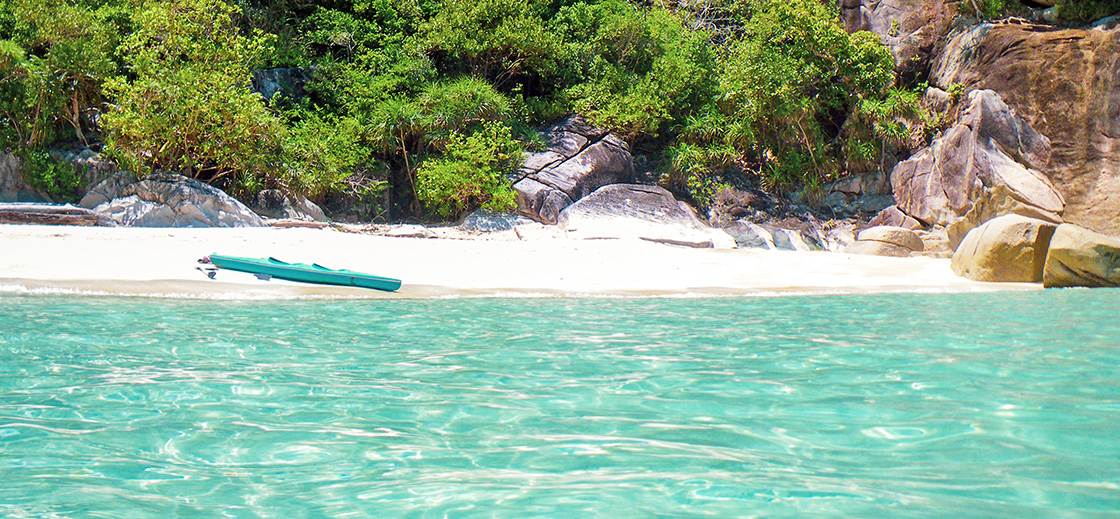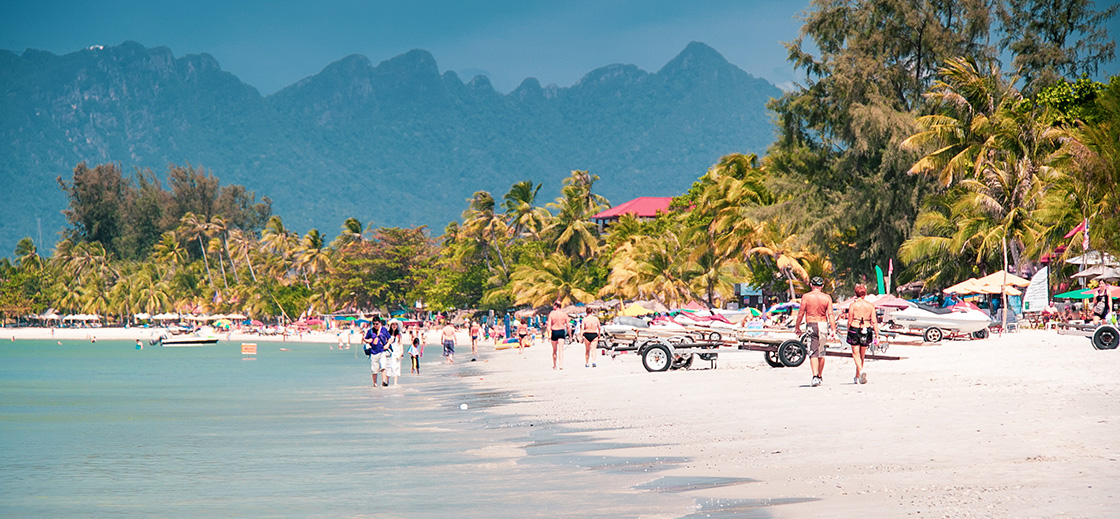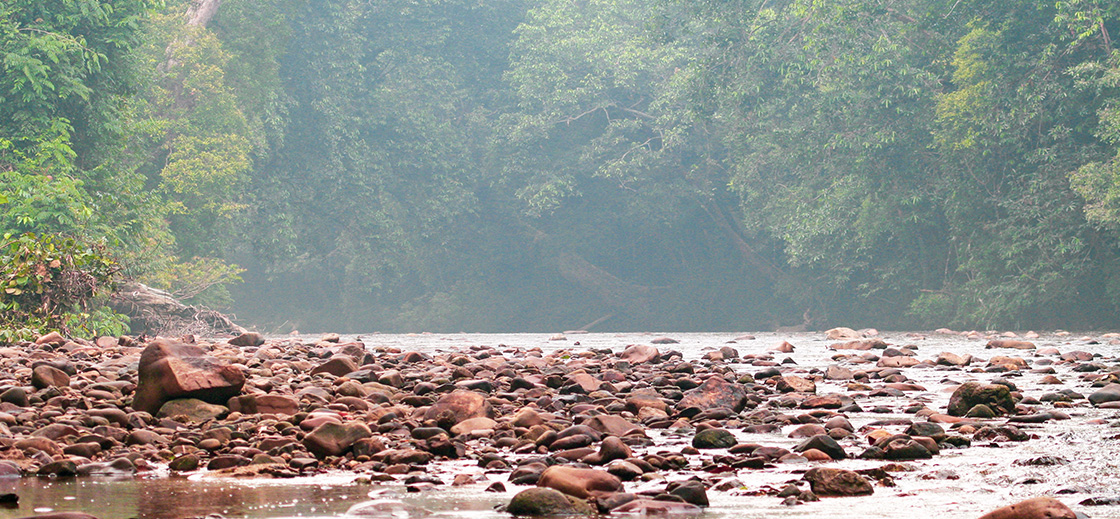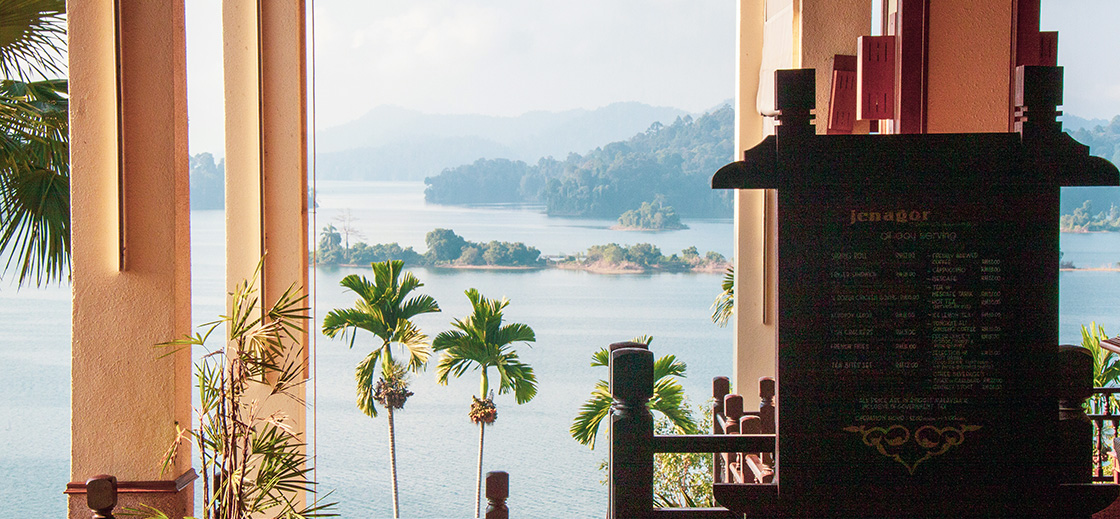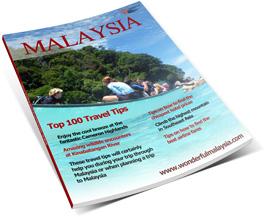Malaysia population and country demographics
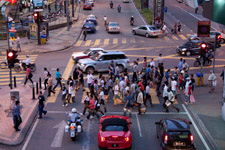
The population of Malaysia stands at over 28 million in 2012 (details). Malaysia's population comprises many ethnic groups, with the Malays at around 50.4% making up the majority and other indigenous groups in Sabah and Sarawak at 11% around of the population. By constitutional definition, Malays are Muslims who practice Malay customs and culture. Around 23.7% of the population is of Chinese descent, while Malaysians of Indian descent comprises approximately 7.1% of the population. Indians began migrating to Malaysia in the early 19th century. Other Malaysians also include those whose origin, can be traced to the Middle East, Thailand and Indonesia. Europeans and Eurasians mainly include British who settled in Malaysia since colonial times. The population distribution is highly uneven, with some 20 million residents concentrated on the Malay Peninsula, while East Malaysia is relatively less populated.
On this page:
Malay or Malaysian
Some people in Malaysia are referred to as Malay, others as Malaysians. What is the difference?
Since long time ago Malays were the only inhabitants in Malaya (the former name). When the British arrived in Malaya in the 18th century, they brought Chinese and Indian workers to the area to supply labor needed for tin, rubber and other industries. This is what formed Malaysia; constituted by 3 major ethnics: Malay, Chinese, Indian and some minor ethnics. The census was made in the year of 2000. All the ethnics living in Malaysia are called Malaysian.
Now if you understand the Malaysia's history, you are able to tell the difference between Malay and Malaysian. So Chinese born and living in Malaysia are not called Chinese, neither are Indians born and raised in Malaysia called Indians, appropriately Malay, Chinese and Indian who were born and live in Malaysia are all Malaysian. Addressing a Malaysian as Malay is incorrect. It is easy to make mistakes calling someone in Malaysia Malay (though they are not from Chinese or Indian origin) as there are millions of foreign workers (Philippines, Indonesians, Thai, Burmese, Vietnamese and Cambodians) residing in Malaysia.
Islam is the official religion
The official religion is the Islam. Besides that Buddhism and Hinduism are also commonly practiced in Malaysia. Bahasa Melayu (Malay) is the national language, but due to English influences, almost every Malaysian citizen speaks English. This is a result of the English period. English is also the language of the youth, who think it is 'cool' to talk English with each other (this to great displeasure of the Malaysian government who strongly promotes the Malay language as primary language).
Orang Asli (Original inhabitants)
There is also another population that finds residence in Malaysia; the Orang Asli. The meaning of the name Orang Asli is: original inhabitants. There are about 60.000 Orang Asli left, of whom 60% live in the jungle and 40% in inhabited areas. The Orang Asli can be subdivided in three groups: the Senoi, the Proto-Malay and the Negrito. Among these subgroups are many differences. The Negritos live in the north and northeastern part of Malaysia and still mostly live in the jungle. It is suspected that this group immigrated into Malaysia about 10.000 years ago. Their ancestors were hunters and lived in caves. The majority of the Senoi live in the Cameron highlands.
Most of the Senoi work as day-workers on tea plantations. Originally, they are from Cambodia, Vietnam and Thailand. That was probably about 6000 to 8000 years ago. When you rent a car yourself, and cover the route Kuala Lumpur - Penang, it is nice to visit an 'authentic' Orang Asli village besides visiting the Cameron highlands. You will find a few of these villages just a few miles past the city of Ipoh.
Tribes on Borneo (Sarawak and Sabah)
Sarawak has three ethnic groups; the Iban, Bidayuh and Orang Ulu. These three groups are collectively known as the Dayaks, which means upstream or inland. The Dayaks typically live in longhouses, traditional community homes that can house 20 to 100 families.
The largest ethnic groups in Sabah are the Kadazan Dusun, the Bajau and the Murut. The Kadazan Dusuns form about 30% of the state's population. Years ago, this group consisted of two tribes, but due to language and culture they intermingled. Originally the Kadazan inhabited the valleys, where the Dusun lived in the mountainous areas of Sabah. The Bajaus - often referred to as Sea Gypsies - make up about 15% of the population of Sabah. The Murut (3%) live in the northern parts of Sabah. This ethnic group was the last group to renounce headhunting.
More pages with information about Malaysia
- Climate and monsoon
- Country information
- Facts and details
- Flora and fauna
- Food and famous dishes
- Geography
- History and historical facts
- Hygiene and healthcare
- Newspaper headlines
- Politics and political system
- Population and demographics
- Public holidays and national festivals
- Top 10 highlights and attractions
- Tourism events
- Visa information
